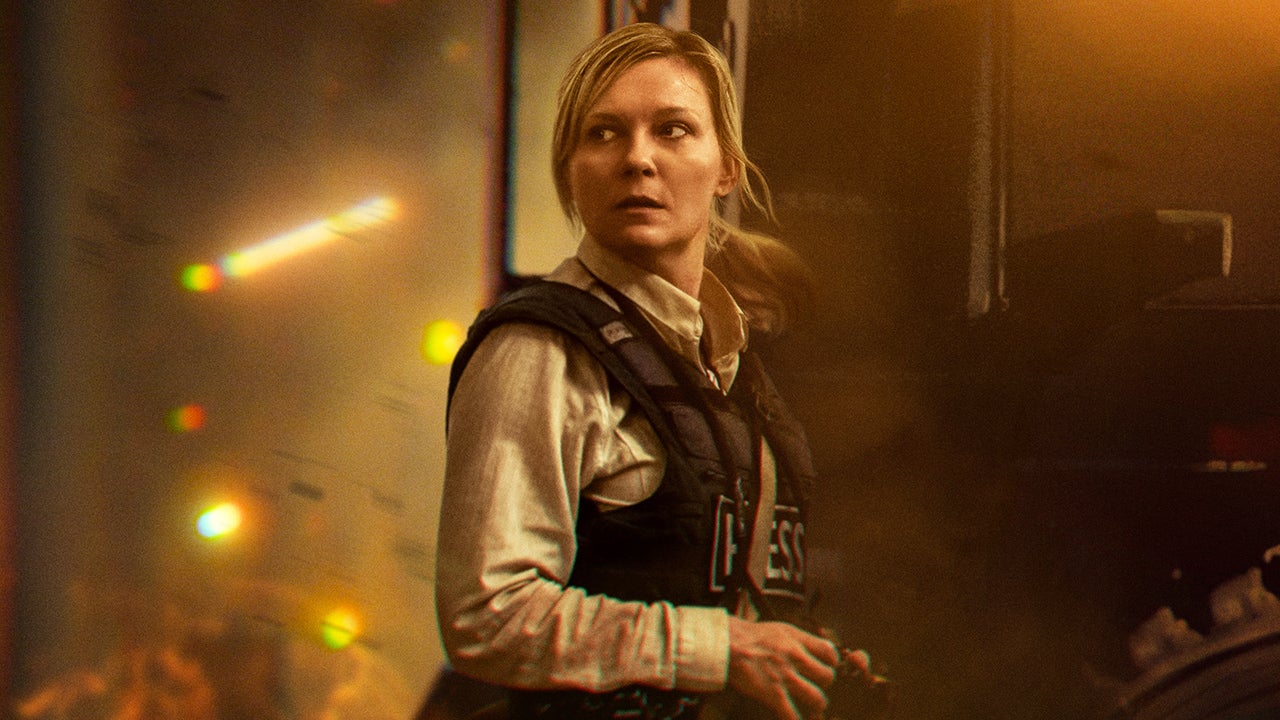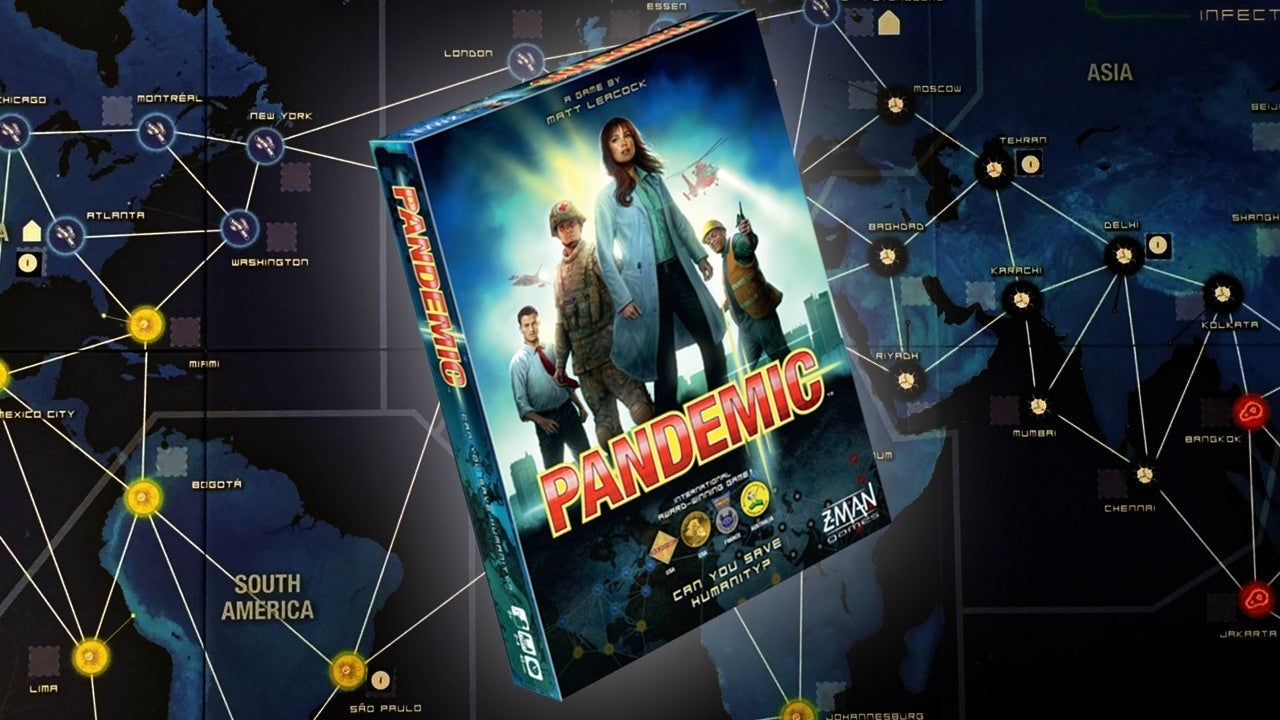Writer-director Alex Garland’s new film Civil War depicts a near-future United States of America that is at the tail end of violently tearing itself apart for reasons intentionally left unspecified. Whatever the root causes – a fascist President (played by Nick Offerman) being key among them – the peril to the republic was alarming enough for states as politically opposed as ultra-conservative Texas and uber-liberal California to join forces as the Western Front and, as the film begins, bring the war almost to the doorstep of the White House.
That journey through war-torn America to the White House is taken by a group of journalists – hardbitten war photographer Lee (Kirsten Dunst), Reuters correspondent Joel (Wagner Moura), aspiring photographer Jessie (Cailee Spaeny), and elderly reporter Sammy (Stephen McKinley Henderson) – who seek an interview with the President. Given that this is a President who loathes journalists – they’re usually shot – gaining an audience with him will prove no small task. It is damn near a suicide run.
After enduring many violent and frightening encounters along the way – including a terrifying run-in with a racist soldier played with malevolent command by Jesse Plemons – the journalists arrive in Washington D.C. as Western Front forces battle street by street, block by block with Federal troops. (You can watch an exclusive clip from this sequence below.)
The production built the D.C. street sets on location in Georgia, with the siege sequence drawn out like football plays so the director could choreograph the cameras, actors and vehicles to fully immerse viewers in the all-encompassing chaos. Aesthetically, the siege of D.C. perfectly showcases the cinéma vérité approach Garland mandated for Civil War. That’s not to say Garland’s visual style here wasn’t influenced by some classic feature films or war documentaries.
“The opening battle sequence of Saving Private Ryan was a sequence that was discussed a lot, and I’d say the influence is probably unavoidable. The Battle of Algiers – much the same,” Garland recently told IGN. “But the main influence was not any specific movie or documentary so much as news footage, from conflict zones around the world. And, in some cases among the crew, the influence was also their lived experience.”
“That more handheld look when it comes to combat stuff, in my mind that's the way I view things,” Ray Mendoza, a military advisor on the film, explained in the movie's production notes. “Watching these handhelds — it’s more visceral. That's how you view your life, when things are fast and whippety.”
One might think that TV news coverage of the January 6th insurrection would have influenced the Washington D.C. sequence, but Garland downplays that: “The script was written way before January 6th, but that day still had an effect. But it wasn’t in the visuals, so much as just as an incentive to work harder and commit further, as a reaction against the violence. I know that for a lot of the crew, it put more anger behind the film. It had the same effect on me.”
Much like the characters’ journey in the film, the production itself didn’t reach Washington D.C. until the end of the shoot. “It was [shot over] nine days. We shot the movie in sequence, so it was the last thing we filmed, and it felt like everyone brought their A-game,” Garland recalled.
“The cast and camera crew are always under pressure during a shoot, but several other departments stepped up hugely. In particular, the stunt team, led by Jeff Dashnaw, our military team, led by Ray Mendoza, and the SFX team, led by JD Schwalm. In addition, many of the people in that sequence were veterans. They had an incredible attitude and work ethic and gave realism. They brought the film home.”
For all the technical mastery on display in Civil War’s D.C.-set finale, Garland says this sequence actually serves as a pivotal emotional moment for central protagonist Lee whose battle-hardened shell finally cracks here.
“One of the points of the film is the purpose and value of journalism. There is a scene earlier in the movie where Lee says, ‘Every time I survived a war zone, and got the photo, I thought I was sending a warning home. Don’t do this. But here we are.’ The here-we-are is folding in on her at this point, and breaking her apart.”
Garland offered IGN a stark one-word response when asked what he wants viewers to take away from Civil War’s depiction of American troops battling American troops on the streets of the nation’s capitol: “Aversion.”
Time will tell whether Garland’s cautionary message for the United States is heeded. A24’s Civil War opens in theaters and IMAX nationwide April 12th. (Read IGN's rave Civil War review.)




